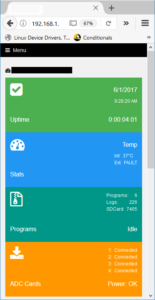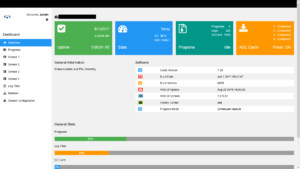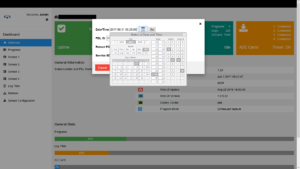
Crack Monitoring
Enhancing Stability
The monitoring of cracks in steel infrastructure presents some unique technical challenges. Each monitored structure needs dozens or even hundreds of sensor and each sensor needs to be sampled at a high frequency. This results in an enormous amount of data being generated which typically has to be stored locally and then transmitted from the monitored structure to a central computing system for analysis. Because much of the monitored infrastructure is in remote locations, it is critical that the on-site systems be robust, flexible and fast such that engineers can do everything they need to do remotely without the enormous expense of a site visit.
RMB was asked to review the existing embedded code and to make the changes necessary to enhance the stability, speed, and ease of use of the product. RMB started the work by using static analysis tools to identify a plethora of issues. Once these were fixed, attention turned to the configuration of the hardware where a problem was identified that was severely limiting system performance. The work then moved on to interaction issues between the embedded code and the web interface where major improvements were made resulting in a product that is easier to use, faster, and above all, more reliable.



